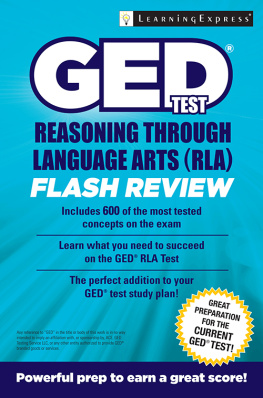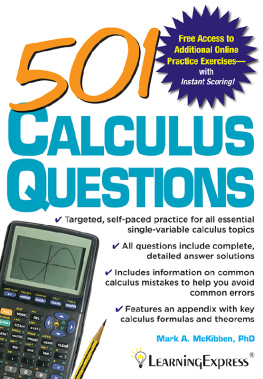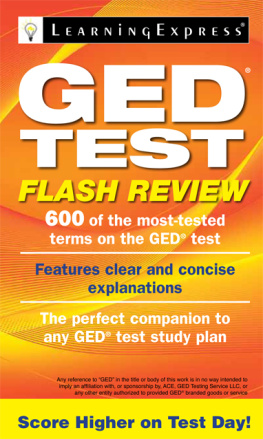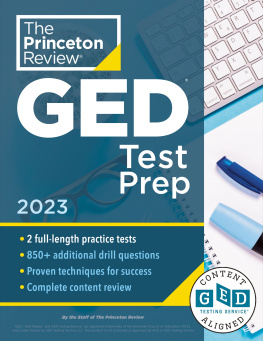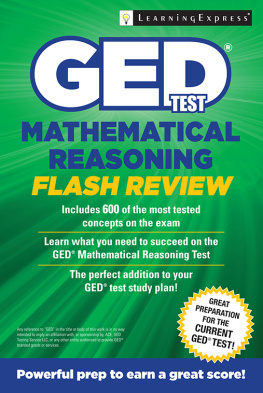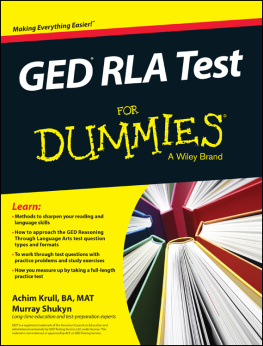KEY TERMS Abstract language ................................ Abstract nouns ................................ Active voice Words or phrases that refer to intangible ideas or to classes of people and objects rather than the people or things themselves. Abstractions are built on concrete ideas. ................................ ................................ ................................
In an active sentence, the subject performs the action of the verb. The person or thing that performs the action is named before the verb. Examples: James filed the papers yesterday. Jin Lee sang the song beautifully. Adjective ................................ Adverb ................................
Alliteration A word that describes a noun or pronoun in a sentence. Adjectives answer one of three questions about another word in a sentence: 
................................ A word that describes verbs, adjectives, and other adverbs. Adverbs answer one of four questions about another word in the sentence: 
................................ The repetition of sounds, especially at the beginning of words. For example, She sells seashells down by the seashore and Peter Piper picked a peck of pickled peppers are both alliterative phrases.
Antagonist ................................ Antecedent ................................ Apostrophe The person, force, or idea working against the protagonist. ................................ The word or words to which a specific pronoun refers. ................................ ................................
A symbol () used to show possession; it shows to whom or what a noun belongs. Appositive ................................ Aside ................................ Autobiography A word or group of words that immediately follows a noun or pronoun. The appositive makes the pronoun more defined by explaining or identifying it. ................................
In drama, when a character speaks directly to the audience or another character concerning the action on stage, but only the audience or character addressed in the aside is meant to hear. ................................ The true account of a persons life written by that person. Ballad ................................ Blank verse ................................ Cause and effect A poem that tells a story, usually rhyming.
Typically, only the second and fourth lines of a quatrain are rhymed. It follows the rhyme scheme: abcb defe ghih , and so on. ................................ Poetry in which the structure is controlled only by a metrical scheme. Also called metered verse . ................................
A relationship wherein one action or event ( the cause ) creates another action or event ( the effect ). Example: Because shed studied for her test every morning during her commute to work, Maria felt ready to take the test. Cause: Maria studied every morning during her commute. Effect: Maria feels ready to take the test. Characters ................................ Clause ................................
Clich People created by an author to carry the action, language, and ideas of a story or play. ................................ A group of words that contains both a subject and a predicate. ................................ A tired, overused word or phrase. Climax ................................
Closet drama ................................ Colloquialism The turning point or high point of action and tension in the plot. ................................ A play that is meant only to be read, not performed. ................................ Informal word or phrase such as a lot , in a bind , pulled it off , and so on.
These words are regularly used in conversations between friends, rather than in official written communication. Colon ................................ Comedy ................................ Symbol (:) used to introduce a list of items; the part before the colon should be a complete sentence. Use a colon after an independent clause to introduce a list. Travis requested his favorite meal for his birthday: pizza, cheese bread, and ice cream.
Use a colon after an independent clause to introduce a quotation. Emily explained her reason for leaving the magazine: Its a dead-end job, no matter how hard I work. Use a colon between two independent clauses when you want to emphasize the second clause. The result of the poll was clear: Obama would probably win the election. ................................ ................................ ................................
Comma ................................ Comma splice ................................ Symbol (,) used to separate items in lists of similar words, phrases, or clauses to make the material easier for a reader to understand. Commas are often used before the final conjunction in a sentence. Use commas to separate three or more items in a series that includes the word and or or . I lost my wallet, my gloves, and my car keys all on one day.
Do not use a comma when only two items are joined by and or or . Bring the paperwork and three forms of ID to the office. Use a comma after an introductory phrase. In the end, Jamie was glad she worked all weekend painting her room. Use a comma before a conjunction that joins two independent clauses. I wanted to go to the movies, but I didnt have enough money to pay for the ticket.
Use commas to separate an appositive from the rest of the sentence. Renita, the tall girl down the hall , will pick up my mail while I am on vacation. Use a comma when a dependent clause comes before the independent clause. After I complete my degree , I plan to move to Los Angeles. Use a comma to separate the year in a date. March 14, 2008, is my daughters birthday.
Use commas to separate a state name from a city name (or a country name from a city name, etc.). Kansas City, Kansas, is my birthplace. ................................ A type of run-on sentence in which a comma is used in place of a semicolon to join two independent clauses without a conjunction. Comma splices can be corrected by putting a semicolon in place of the comma or by adding a conjunction after the comma. ................................
Commentary ................................ Common nouns ................................ Writing that explains or illuminates other works of literature or art. ................................ A noun (person, place, or thing) that is not always capitalized. ................................
Compare and Contrast ................................ Comparing and contrasting are common techniques in writing. They can be used for many reasonsfor example, to describe a character more colorfully or to provide support for an argument that the writer is trying to make. When we want to explain something, we often compare (showing how two or more things are similar). When we want to show how things are different or not alike, we contrast them. Here are words and phrases that can be used to show similarity:
| similarly |
| in the same way |
| likewise |
| and |
| like |
| also |
| just as |
Here are words and phrases that can be used to show difference:
| however |
| conversely |
| yet |
| on the contrary |
| nevertheless |
| but |
................................
Complete sentence ................................ Complex sentence ................................ Complication A group of words that expresses a complete thought and has a verb and a subject. Also called an independent clause . Independent clause: She was excited. Dependent clause: Because she was excited .
Next page
